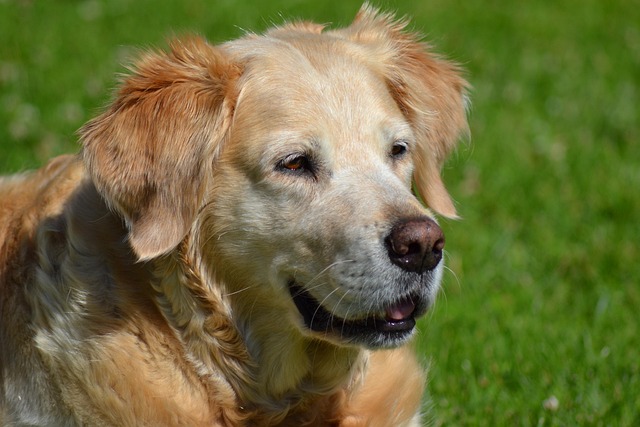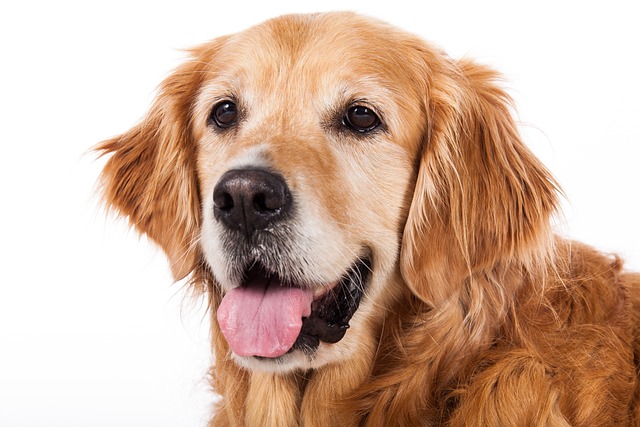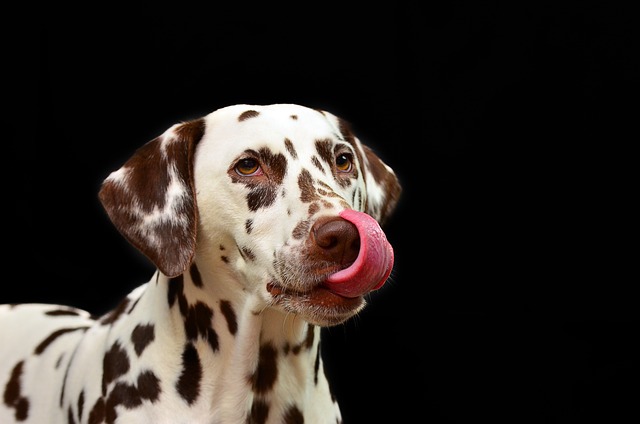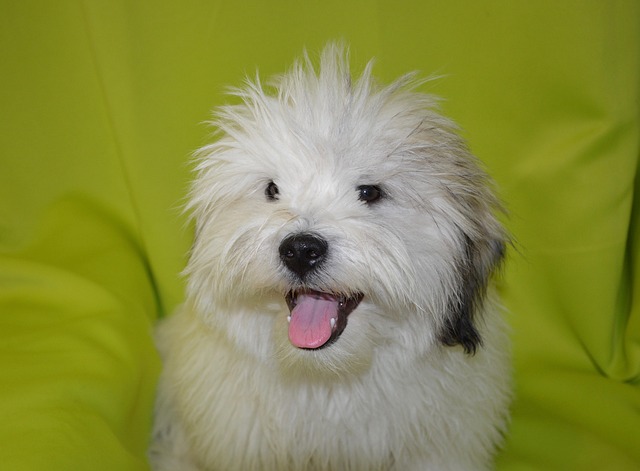
How do you treat respiratory problems in dogs?
Watching your dog struggle to breathe—whether it’s rapid panting, wheezing, or gasping—can be terrifying for any pet parent.
I’m standing on my Phoenix porch at 9 a.m., sunscreen in one hand and my lab mix’s leash in the other. The thermometer reads 95°F, and the asphalt already feels hot through my flip-flops. Max is panting before we’ve even taken three steps, his tongue lolling as he sniffs the air. “Maybe we should skip the walk?” I think, glancing at the shaded spot under the maple tree where he usually waits for squirrels. If you’re a new dog owner, hot weather brings a flurry of questions: “Is this too hot for him?” “How do I keep him safe?” Helping your dog through hot weather isn’t just about comfort—it’s about understanding their needs, building good habits, and fitting into your community’s pet culture.
Dogs handle heat very differently from humans. We cool down by sweating all over, but dogs rely mostly on panting and their paw pads to release heat. Their normal body temperature stays between 101–102.5°F, and once the air (or ground) hits 85°F, their cooling system struggles. A vet in Austin told me about a dachshund brought in last July after a morning walk: the pavement was 120°F, and his paw pads blistered, while his body temp spiked to 104°F. Heatstroke can happen in as little as 15 minutes in extreme heat, which is why understanding their limits matters more than just checking the weather app.
Helping your dog beat the heat starts with timing and tools. Avoid walks during peak heat (10 a.m.–4 p.m.)—opt for early mornings or evenings when pavement is cool enough to touch with your hand for 5 seconds. If you must go out, stick to grassy areas and carry water for both of you. At home, leave multiple water bowls with ice cubes, and set up a fan near a shaded spot. For double-coated breeds like huskies, a damp towel on the floor gives them a cool place to lie. Never leave them in a parked car, even with windows cracked—temperatures can hit 120°F in 10 minutes, and it’s illegal in many states, including California and Texas.

Caring for your dog in hot weather also means following community rules and kind practices. First, stay on top of mandatory care: rabies vaccines are required by law in all U.S. states, and keeping those records handy helps if your apartment or dog park asks. When you do walk, always carry poop bags—cities like New York fine up to $250 for leaving waste, and it’s basic respect for shared spaces. If the heat makes Max anxious (maybe he chews a shoe while cooped up), never scold or punish him. Positive reinforcement works best: praise him when he lies on his cool towel, and offer treats for calm behavior to build trust. In apartments, check your lease for AC use rules, and keep fan noise down to avoid disturbing neighbors. When passing kids or other dogs on walks, keep Max leashed and give space—good etiquette keeps communities dog-friendly, even in the heat.
Watch for signs of trouble: excessive drooling, lethargy, or bright red gums mean it’s time to cool him down with room-temperature water (not ice) and call your vet. With a little planning and kindness, hot weather can be just another chance to bond with your pup—whether it’s early morning fetch in the park or snuggling by a fan, keeping each other safe and happy.

Watching your dog struggle to breathe—whether it’s rapid panting, wheezing, or gasping—can be terrifying for any pet parent.

I sat with my friend Jesse on his Arizona patio last Tuesday, where his 1-year-old Beagle, Buddy, lay listlessly by the water bowl—Jesse held up a soiled paper towel, sighing.

I sat with my friend Alex on his porch last weekend, watching his 18-month-old Border Collie, Charlie, scratch at his paws until they turned pink

When you notice your dog coughing more than usual after a walk in the park, or hear a wheezy sound when they curl up to sleep, it could be a sign of kennel cough—a condition vets see more than any other respiratory issue in dogs.

I sat with my friend Jamie on her kitchen floor last week, staring at her 3-year-old Lab mix, Max, who’d turned up his nose at his favorite chicken kibble

Caring for a dog means staying alert to small changes in their health, and skin issues are some of the most common signs something might be off.